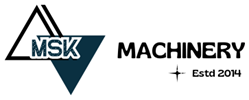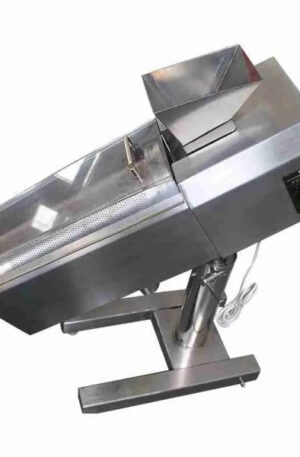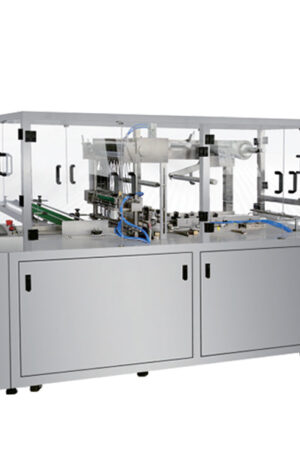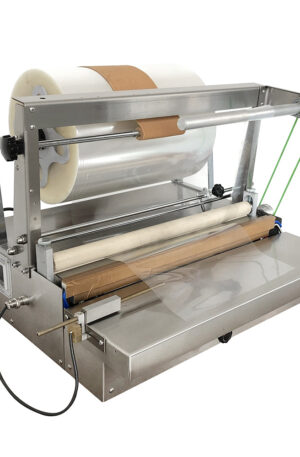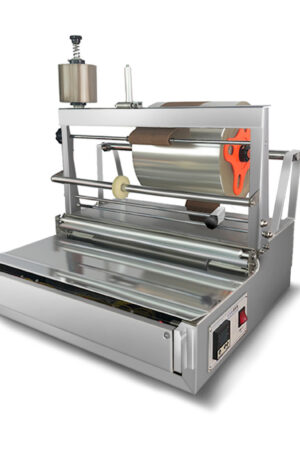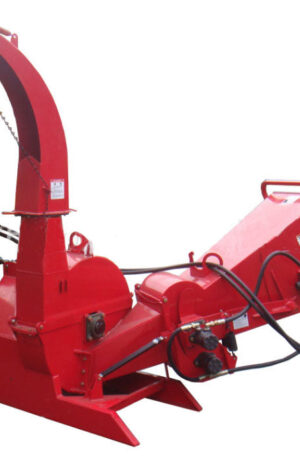Title:
“The Evolution of Pharmaceutical Machinery: Innovations and Impact”
In the realm of pharmaceutical manufacturing, the evolution of machinery has been crucial in revolutionizing the production processes and the quality of medications. Two key machines that have played a significant role in this evolution are the table press machine and the capsule filling machine.
Tablet press machines have been a cornerstone in the pharmaceutical industry for decades. These machines are used to compress powder into tablets of precise size and weight. Over time, there have been advancements in tableting technology, leading to the development of machines like TDP (Tablet Direct Press) and THDP (Tablet High-speed Direct Press). TDP machines offer high efficiency and accuracy in tablet production, while THDP machines are known for their high-speed production capabilities, catering to the growing demands of the industry. The evolution from manual tableting processes to automated and high-speed machines has greatly improved the efficiency and precision of tablet production.
On the other hand, capsule filling machines have also seen significant advancements over the years. These machines are used to fill empty capsules with powdered ingredients or pellets. With the introduction of innovative technologies, modern capsule filling machines can now handle a wide range of capsule sizes and materials, offering flexibility and efficiency in the manufacturing process. The integration of automation and computerized controls in capsule filling machines has led to improved accuracy and reduced production time.
The impact of these technological advancements in pharmaceutical machinery is profound. The speed and precision at which these machines operate have significantly increased the production capacity of pharmaceutical companies, allowing them to meet the growing demands for medications. Moreover, the quality and consistency of the products manufactured using these advanced machines have improved, ensuring the safety and efficacy of the medications produced.
In conclusion, the evolution of pharmaceutical machinery, particularly the advancements in table press and capsule filling machines such as TDP and THDP, has transformed the landscape of pharmaceutical manufacturing. These innovations have not only enhanced efficiency and precision in production processes but have also contributed to improving the quality and safety of medications. As technology continues to advance, we can expect further innovations in pharmaceutical machinery that will shape the future of the industry.
